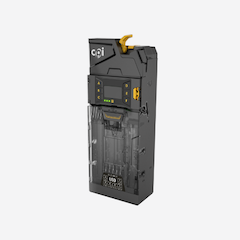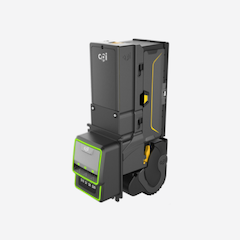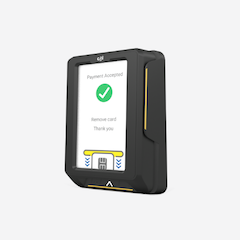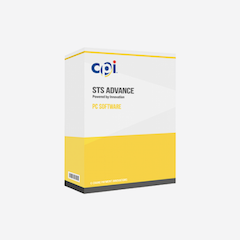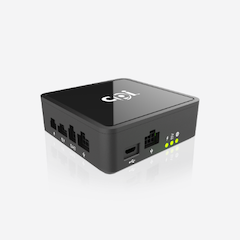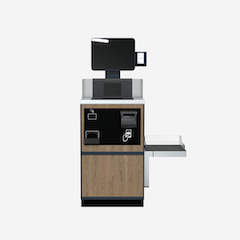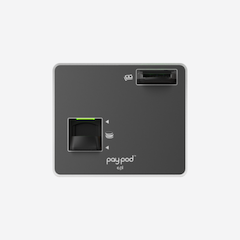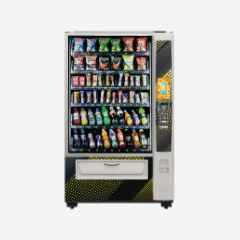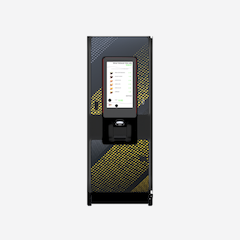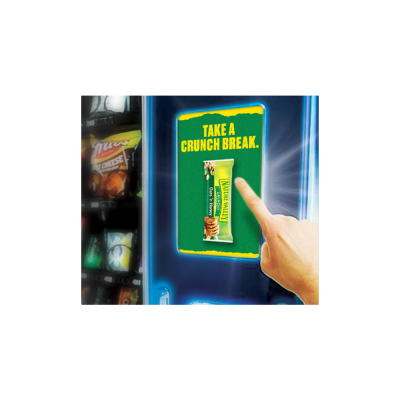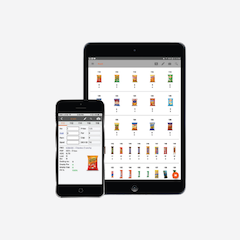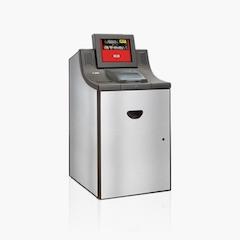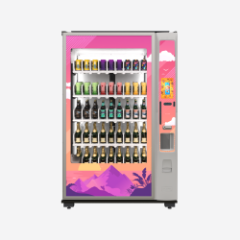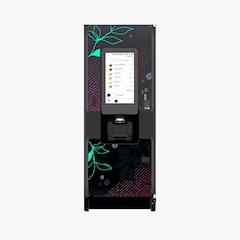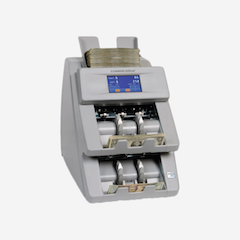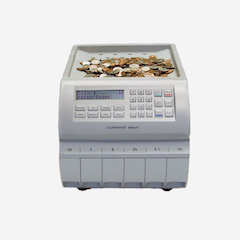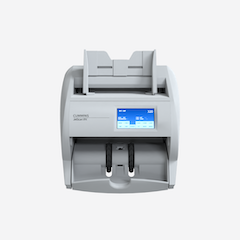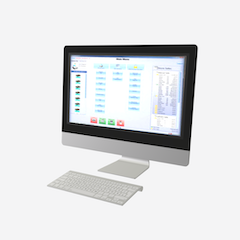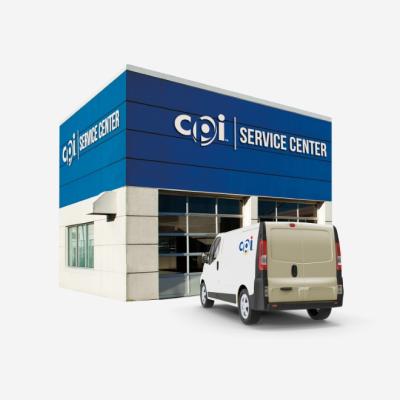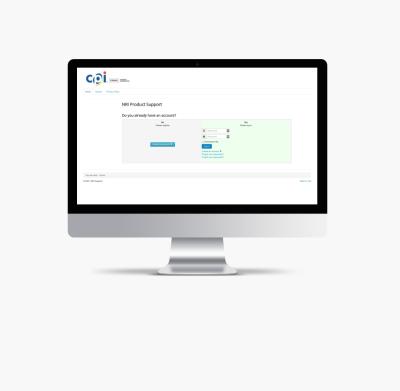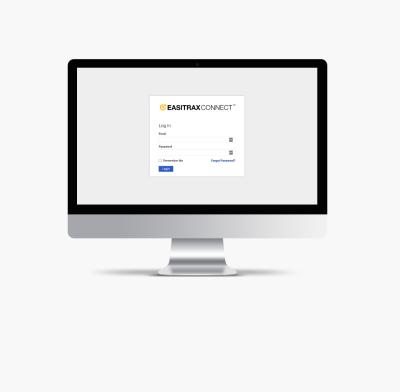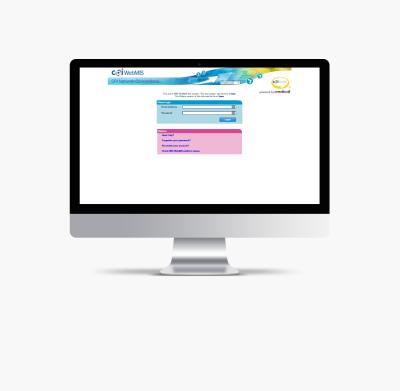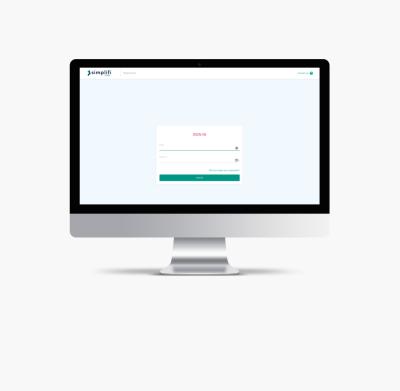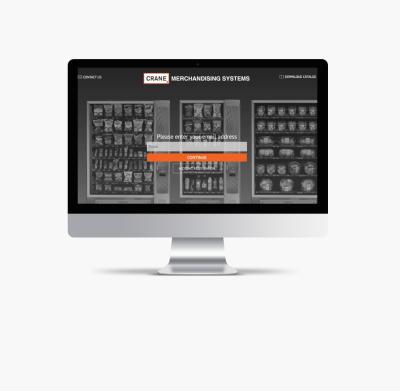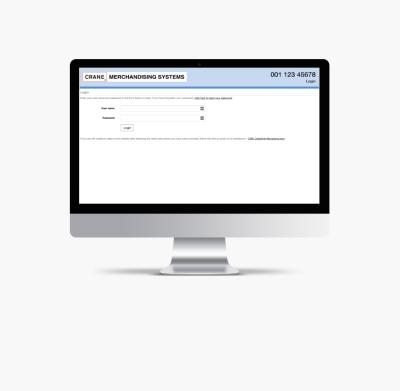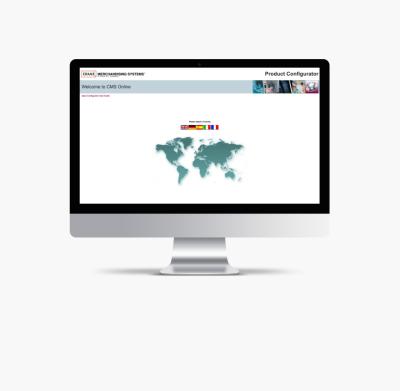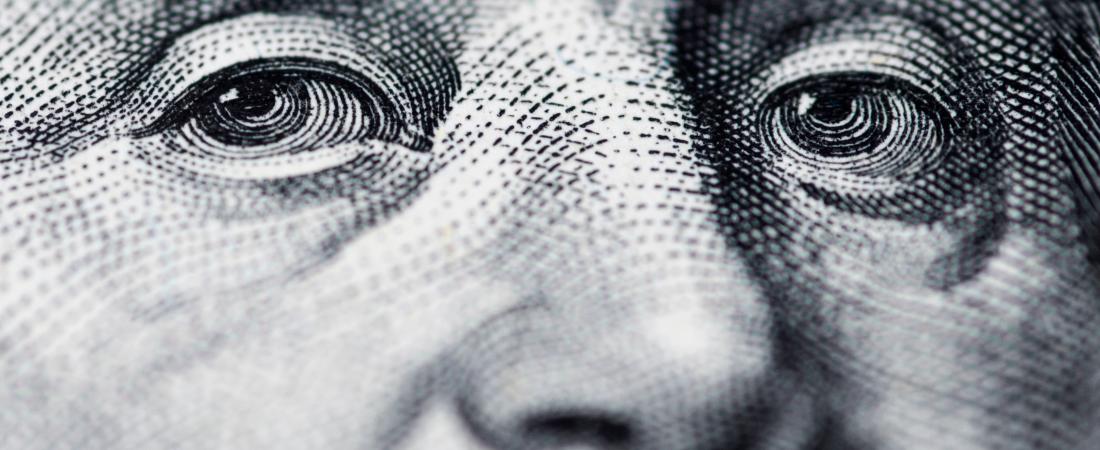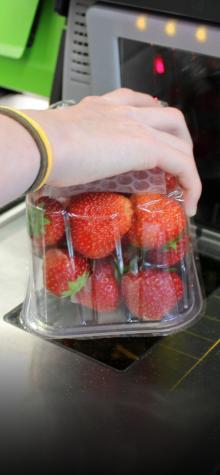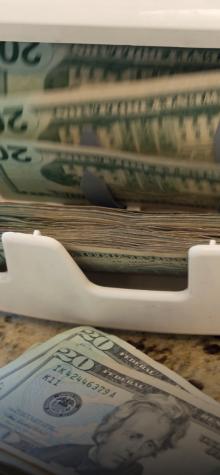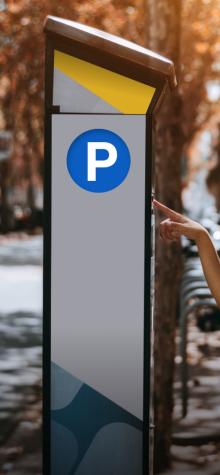Ready to go 100% cashless? Not so fast.
With virus transmission fears at the forefront in a pandemic-stricken world, calls for vending to go completely cashless are a central theme in the payments arena. Operators looking to reduce at-machine risk factors may be considering implementing an all-electronic payment model. But is now the time? We argue no, not this time around. Many of the arguments against cash still don’t hold up well under scrutiny. Below we debunk four common myths against cash.
“Cash is unsafe”
A public health crisis renders all surfaces or objects in the public domain suspect. Anything that is touched or transferred from person to person is potentially a vehicle of disease transmission. Banknotes may pass through many hands in a single day. And with an average shelf life of 5 to 15 years, U.S. currency picks up quite a few hitchhikers in the form of hundreds of species of microorganisms. But – are diseases spread by incidental contact with these stowaways on our legal tender? The evidence points to “no.”
If its porous surface wasn’t so cozy, some of those microbes might certainly be capable of making us sick. But the fact is that the ten-dollar bill in your wallet, despite containing pathogens that could lead to serious illness under different circumstances, is highly unlikely to transfer any of these to your hand. The thing is, they really settle in.
Our skin is probably all the protection we need... 'Just don’t lick your money.'
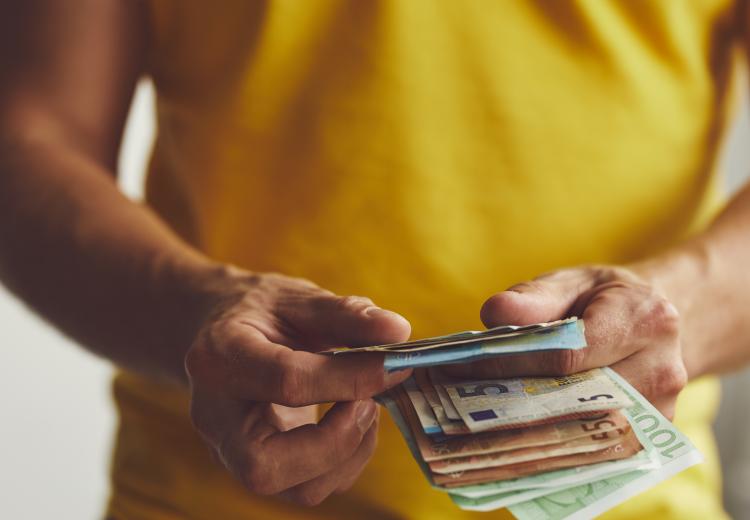
Emily Martin, assistant professor of epidemiology at the University of Michigan School of Public Health says that even if the germs do get on our hands, our skin is probably all the protection we need, because COVID-19 doesn’t spread by penetrating the skin on your hands. “Just don’t lick your money,” she advises. (Or put your hands in your mouth, nose or eyes after handling it.)
In fact, in a study conducted by six microbiologists from two highly respected universities, U.S. currency was compared to two other porous surfaces and six non-porous surfaces to measure “transfer efficiency” from surface to hand. USD ranged from 0.05 percent to 0.2 percent – the lowest average transfer efficiency of any of the surfaces considered. Some of the non-porous surfaces were measured at average levels as high as 79.5 percent.
We can expect the hyperbole surrounding cash and its relative safety versus other forms of payment to continue, but the argument has no basis in fact. Per the CDC, frequent and careful hand washing with soap and water for at 20 seconds or more remains the best defense against any pathogens you encounter by touching publicly shared surfaces or objects – cash included.
“Cash is Dead”
We could fill libraries with the volume of materials from journalists and marketers reporting on the death of cash through the years, and 2020 is no exception. Will COVID-19 be the final nail in cash’s coffin? In short: no.
While cash use is declining, the 2019 Diary of Consumer Payment Choice, published by the Federal Reserve Bank of San Francisco, makes it clear that it is far from dying or dead. The study found that consumers still used cash in 26 percent of transactions overall, and 35 percent of the time for in-person payments. Cash use for small-value payments was particularly heavy, representing 49 percent of payments under $10. The FRB also found that the share of cash use among individuals 18 to 25 years old is the highest of any age group – refuting a common assertion that cash is unpopular with the younger generations.
The typical payment in a space like vending is $5 or less, with cash still a trusted form of payment—even if it isn’t trusted to be clean. But if the cash hygiene esthetic worries us, empty wallets in times of financial uncertainty worry us more. This is especially true for unbanked or underbanked populations with no access to banking or financial services. For them, cash is not a convenient means of payment—it is their only means of payment. Eliminating the cash option further marginalizes this demographic, and reducing their options can be devastating.
“Cash acceptance technology is dated”
Cash processing technology has by necessity kept pace with the complexities of modern currencies – in which a mind-bending array of features are added every few years to prevent counterfeiting. As a result, cash acceptance devices have grown quite sophisticated.
Advancements in currency acceptance technology are occurring at a rapid pace, and the output is impressive. A typical bill validation process might include:
• Currency recognition hardware and software that scans a bill for identifying patterns
• Infrared strip detection that looks for a component of U.S. bills not present in counterfeits
• Ultraviolet light that detects the thin thread of mylar woven into U.S. bills above $2
• Magnetic sensors that confirm magnetic ink is present in the bill
• Fluorescence sensing that detects when a bill fluoresces differently than valid currency
Many coin changers are now equipped to not only read coins and reject the most sophisticated of frauds in an instant, but new developments have allowed for integrated changers that accept coins and alternative payment types like cashless fobs.
The best cash solutions to purchase in a rapidly changing payments landscape can be adapted to accommodate new technologies as they are developed and deliver measurable ROI through interoperation, connectivity, and diagnostics.
“Cashless is better for business”
While it is true that adding the cashless option to a vending machine can increase sales by 25%, that’s not the whole story. Adding electronic payment also increases cash sales by as much as 10%. Studies by Crane MediaNetwork have shown that overall sales increase across every payment type when new payment methods are added, because there are more ways to pay.
"Adding electronic payment also increases cash sales by as much as 10%."
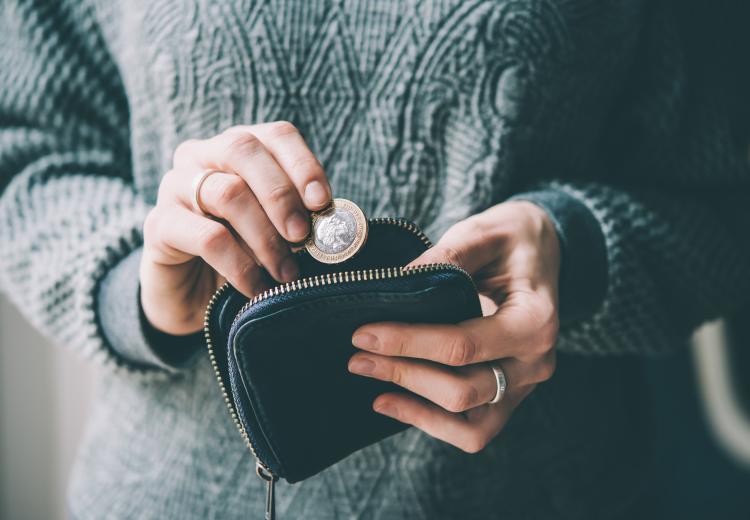
Cashless and contactless payment and mobile apps are likely to continue to grow in popularity going forward. And the connectivity that supports cashless options does more than help to increase sales: it paves the way to obtaining machine-specific data that triggers machine service, restocking or money collection – plus location-based data that broadens your knowledge of product sales and machine usage.
Removing cash acceptance from your machines, on the other hand, excludes the roughly 230 million unbanked adults who work for businesses and get paid in cash, globally from your potential customer base. By dismissing such a large demographic you not only reduce your sales potential, but you also limit the usefulness of the data you collect – which can further impact your profitability.
Here’s the takeaway
Cash is no more unsafe than non-porous debit or credit cards. There is no scientific evidence to indicate that COVID-19, or any other pathogen, is being transmitted to people who are handling cash. But consider adding contactless options to existing payment methods to help consumers eliminate touchpoints when using your machines – and encourage those with safety concerns to use them.
Cash is alive and well, remaining ubiquitous, particularly for small-value purchases. Cash remains the preferred (or only) payment option for many people, and their quality of life without it would be much reduced. Please resist the temptation to stop taking cash altogether.
Cash acceptance technology is far more sophisticated than you might imagine. Operators should continue to invest in durable cash solutions that can be adapted to accommodate new technologies, and that deliver measurable ROI through interoperation, connectivity, and diagnostics.
Cashless is good for business – but along with cash, not as its replacement. Adding cashless payment capability to a vending machine does increase sales, and the connectivity that supports it can provide actionable data to help operators ensure that machines are functioning optimally and are placed in the best performing, highest traffic areas.
So what are the alternatives to 100% cashless?
We’re glad you asked. Our goal at CPI is to enable operators to accept whatever is in the customer’s wallet. We offer options that cover all payment types with minimal investment. Whether your vending payment needs dictate cash, cashless or contactless, connected or unconnected, CPI is here to support you with our complete payment portfolio.

